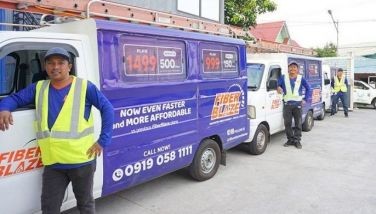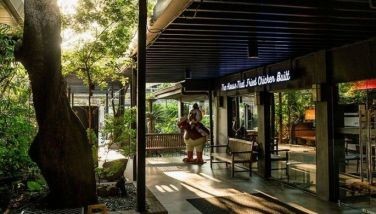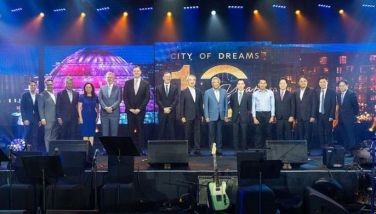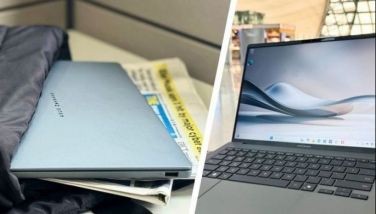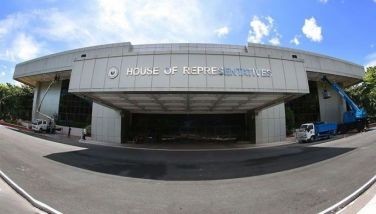From horsepower to heart: PUV modernization

Imagine a household where the aging structure is no longer safe nor efficient. Instead of merely painting the walls or replacing the old windows with new ones, a comprehensive renovation is undertaken. Walls are reinforced, the electrical system is upgraded and modern amenities are installed to ensure the home is safe, comfortable and sustainable for the future. This metaphor illustrates that true modernization transcends superficial changes; it involves a holistic upgrade of the entire system to significantly improve the lives of its inhabitants. Similarly, the modernization of public transportation, particularly the iconic jeepneys of the Philippines, should not be confined to vehicle upgrades but should encompass an entire system overhaul that directly benefits the people it serves.
In the heart of the Philippines, an age-old tradition on wheels, the jeepney, is at a crossroads between tradition and a future driven by modernization. Like an old home needing more than just a new coat of paint, the Public Utility Vehicle Modernization Program (PUVMP) initiated by the government aims to overhaul the public transportation system, focusing on these cultural icons. However, this move has stirred more than just the streets; it has sparked a significant debate among all stakeholders involved.
The jeepneys, a testament to Filipino ingenuity, stand as a vibrant symbol of the nation’s culture. However, as the PUVMP pushes forward, it aims to replace these traditional vehicles with modern e-jeepneys to address safety concerns, reduce emissions and improve overall road safety. While the intentions behind the PUVMP are commendable, it falls short of a true transport modernization effort. It predominantly focuses on vehicle modernization without adequately addressing the broader spectrum of issues that affect the daily lives of both commuters and drivers.
However noble the intent, this transition is met with resistance and apprehension. Many traditional jeepney operators are facing the threat of losing their livelihoods, as their franchises might be revoked if they fail to consolidate into cooperatives or corporations by the government’s deadline (which has been extended numerous times). This requirement, part of the PUVMP’s efforts to streamline and standardize public transportation, has been a point of contention, leading to strikes and protests. The financial implications are daunting; transitioning from traditional jeepneys, which cost between P200,000 to P400,000, to modern e-jeepneys necessitates an investment of up to P2.8 million – a leap that could burden operators with an increase in costs by 600-1,300 percent.
Such financial challenges could potentially lead to fare hikes, directly impacting commuters who rely on these vehicles for their daily transportation at a time when inflation is imminent. This scenario underscores the need for a balanced approach to modernization – one that ensures the well-being of all stakeholders, from drivers and operators to the commuting public.
Many drivers, already struggling to make ends meet and nearing the end of their loans for existing vehicles, are faced with a daunting financial challenge. A comprehensive modernization plan should include not just subsidies but a robust financing mechanism – perhaps facilitated by the government in partnership with banks and non-banking financial institutions (NBFIs). This mechanism should offer dynamic, tiered and humane financing options tailored to the unique circumstances and needs of each driver or operator.
Furthermore, modernization must encompass training and upskilling for drivers, introducing them to financial literacy and integrating them into the formal financial system through eWallets. This would enable drivers to make digital transactions, establish credit scores and gain access to insurance plans and other benefits, thereby enhancing their quality of life and securing their financial future.
For commuters, the pain points of long lines, unpredictable arrival and departure times and the lack of a convenient payment system persist. A genuinely modern transportation system would leverage technology to address these issues. Implementing e-payments and RFID systems could drastically reduce wait times and streamline the boarding process, making public transport more accessible and efficient. Moreover, real-time tracking of vehicles could inform commuters about arrival and departure times, significantly improving their daily commuting experience.
Apart from the obvious benefits to commuters, creating predictable and timely schedules also increases consistent and stable income of drivers.
Drawing inspiration from the motorcycle taxi industry, particularly our achievements in Angkas, reveals a blueprint for successful public utility modernization. Angkas has demonstrated how integrating technology, providing proper training and ensuring the welfare of drivers can transform a sector. By equipping drivers with the necessary tools and knowledge, including safety gear, eWallets and insurance, Angkas has set a standard for what modernization should entail – a holistic improvement that benefits all parties involved.
Angkas has effectively formalized the habal-habals, equipping drivers with the necessary technology, training and insurance to ensure safe and efficient rides and by providing drivers with eWallets and other benefits.
The government’s motorcycle taxi pilot program, despite its challenges, stands as a testament to the potential success of a well-rounded public utility modernization program. It underscores the importance of adopting a holistic approach that prioritizes the well-being of all stakeholders involved.
To truly revolutionize the public transportation system, we must look beyond the vehicles themselves. Implementing technologies such as automatic fare collection systems, real-time vehicle tracking and efficient queuing processes can significantly enhance the commuting experience. Upgrading selected terminals and ensuring predictable arrival and departure times are steps towards a system that values not just efficiency but the dignity and convenience of every commuter.
In conclusion, while the PUVMP’s intention to modernize the Philippine public transportation system marks a step in the right direction, its execution requires a more nuanced approach. Modernization must transcend the physical upgrading of vehicles and encompass a comprehensive strategy that addresses the economic, social and educational needs of the transportation community. By fostering a collaborative environment and equitable support mechanisms, we can ensure that modernization does not merely replace old with new but uplifts and transforms lives in the process.
True modernization should not only pave the way for technological upgrades but also ensure that it leads to a more inclusive, sustainable and equitable future for the people it’s meant to serve.
- Latest
- Trending









